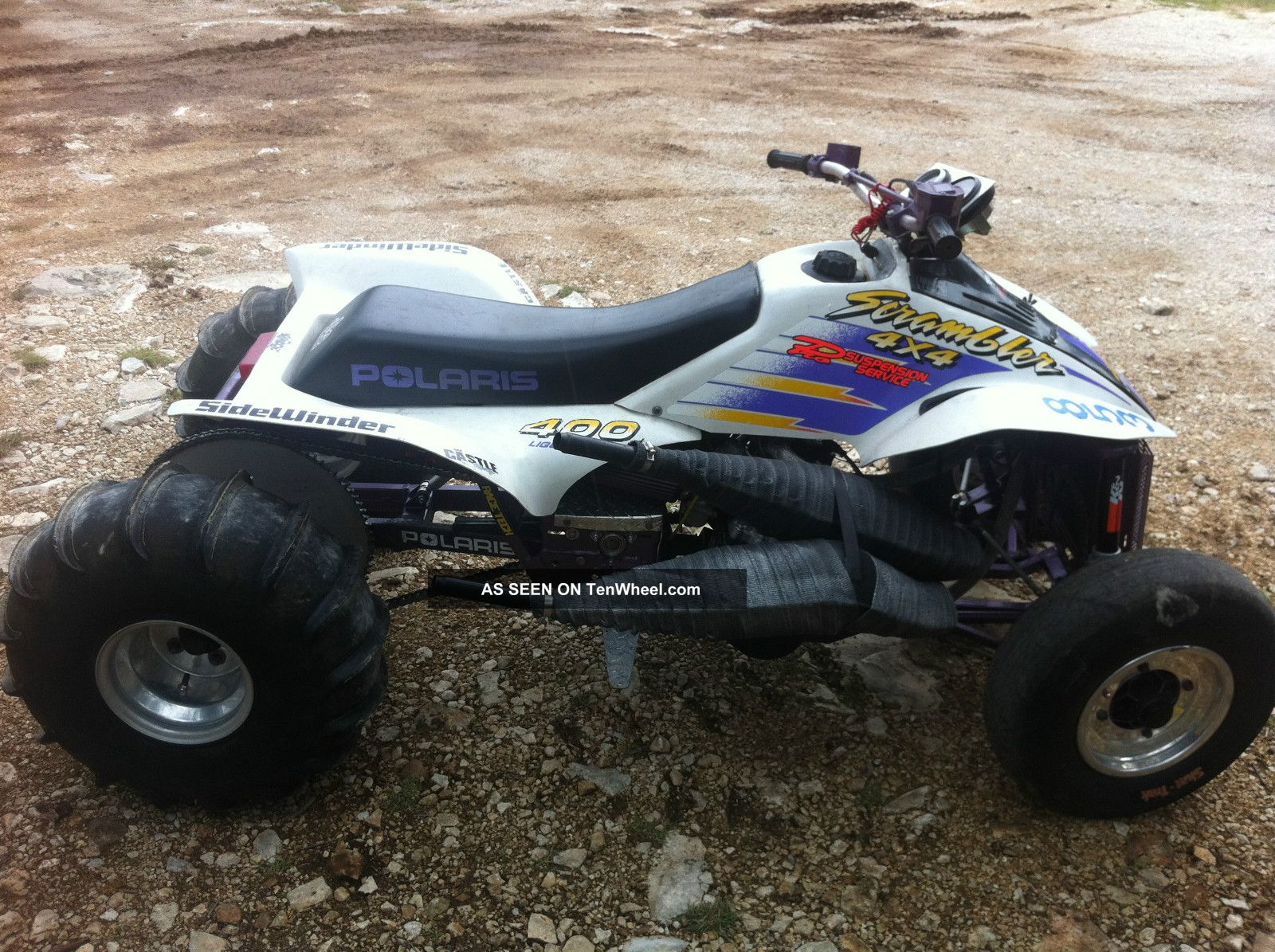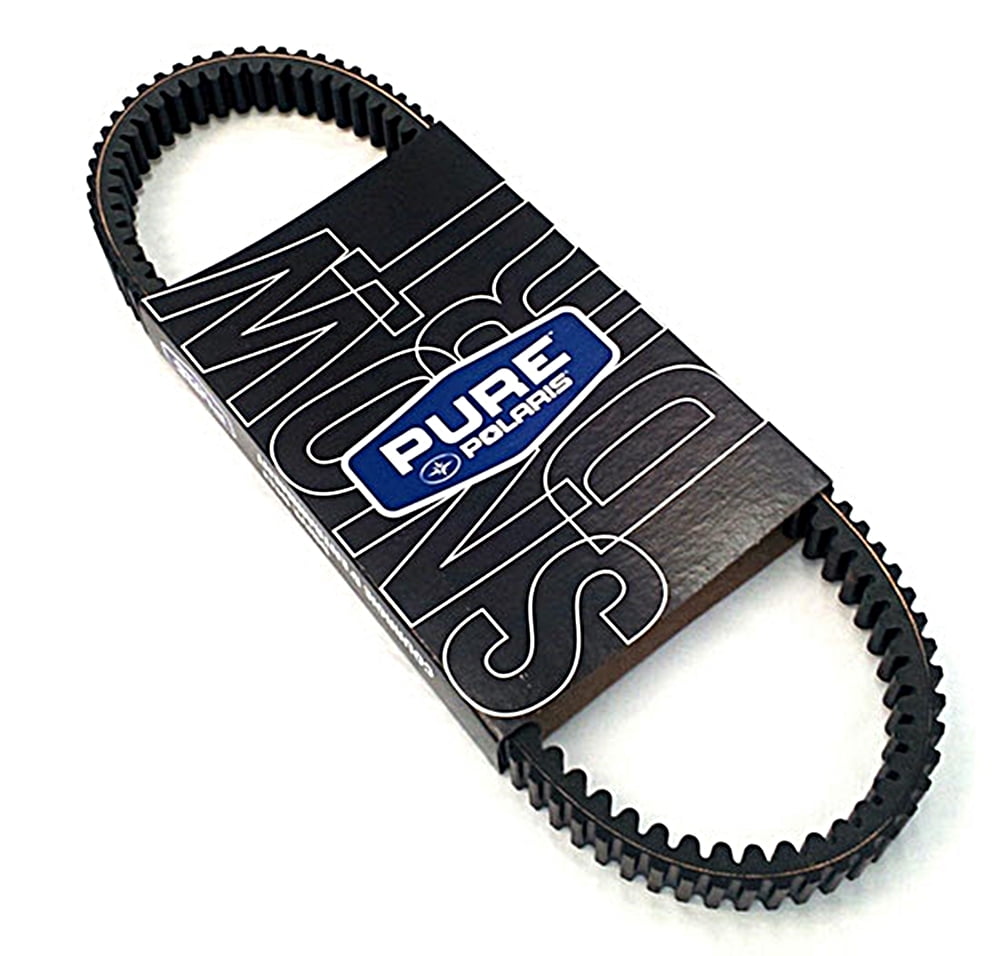

We took the sled back to the shop and were just smiling from ear to ear. Ed Monsrud tells the story “We had a test facility out behind the plant where we ran the sled over ploughed fields and logs to simulate chatter bumps, and we jumped it off of docks. The 1st sled was ready in two months and when the first snow fell, testing began. The idea was to build the chassis using as many parts from the production parts bin as possible. The only change we made to fit the drive train from the TX-L was to fabricate a new motor mount plate. We had no idea if this was going to be strong enough, only field-testing would determine if we got it right. So, we built the front shock tower assembly out of 1/8” thick aluminum. 080” of bump steer through out the ski travel – not bad for a first try. We did not have the rack-type steering that was found on the CRC front end developed for Indys in later years. I ended up with a steering frog mounted in the center of the bulkhead with equal length tie rods. “The toughest part in developing the front end was minimizing the bump steer and figuring out the steering linkage. Originally the TX sleds were built with a 26-degree angle, but we found this to be too aggressive. I knew from our work on the TX-L that a 30-degree caster angle gave us more stability when landing from hitting ditch approaches. With the longer travel (compared to the RX-L) the shocks were positioned more vertical. So that wood mockup was used to finalize the front-end geometry. So, I did just that and we started tinkering around with the radius rod lengths and I thought if I went with a taller spindle I could get more ground clearance, which did not work out too well.

You have to remember that back in 1978 we did not have any computer modeling capabilities like they have today. Arlynn Saage (from the race department) had done a lot of the development on the RX-L chassis and told me to just build a wood front end for the front of the TX-L to save some time and aggravation.” I started to weld pieces together and figure out the geometry to minimize bump-steer. The front spindle housing cross member was cut off from the bulkhead. The 1st prototype was built around a ’79 TX-L springer chassis (“springer” was Polaris talk for a leaf spring ski suspension). This would also match the travel on our new long travel skid frame that we had developed during the ’78 season.

“My goal was to double the suspension travel of the springer sleds. If it was an improvement it most likely went into production”. The way things worked in those days was that we would build something new, field test and then run it on the racetrack. Bob came to me and said if you want an IFS X-country sled you better build one yourself.” I asked Burt and Ed if they had any direction from upper management, and they told me they did not.

Let’s just say that these guys were the equivalent of your top Sno-X racers today, except that they worked at the factory Monday through Friday building and testing prototype sleds.īurt recalls, “We reported to Bob Eastman at the time and had been talking about building a machine to compete in the proto class on the ICCSF race circuit. All three were veteran cross-country racers, with Ed winning the I-500 Winnipeg to St. Ed Monsrud, Burt Bassett and Bob Przekwas worked in field testing or as development technicians. The Cross Country Race Team was made up of veteran Polaris employees who had been with the company for years. Seeing how the RX-L handled the bumps on the racetrack it was a natural to want to adapt one for terrain racing. With all the success on the oval track and Polaris withdrawing its factory oval race team for the upcoming ’79 race season, members of the factory Cross Country team were anxious to adapt the concept to their 340cc liquid-cooled TX-L, which was the performance trail sled used for cross country.
Polaris indy 440 lc full#
Polaris was not the first to have an IFS sled on the snow, but it was the first to get the geometry and reliability to the point where the concept worked to its full potential on the ice oval. The Polaris Race Team had dominated oval racing for two straight winters with the RX-L oval race sled featuring a twin radius rod/trailing arm independent front suspension (IFS). The spring of 1978 was to mark the beginning of a suspension revolution that would change the snowmobile industry forever.


 0 kommentar(er)
0 kommentar(er)
